Great Lakes Water Levels Update
2Around this time last year, we were reporting on the changes happening to Great Lakes water levels. Back then, the water bodies were registering a rebound that spelled an end to 15 years of lower-than-typical water heights.
Well the story this year is much the same, partly thanks to a strong El Niño. The effects of the weather phenomenon on the lakes’ water levels were not so clear a few months ago, but now it’s possible to evaluate some of their impacts by looking at what has happened so far.
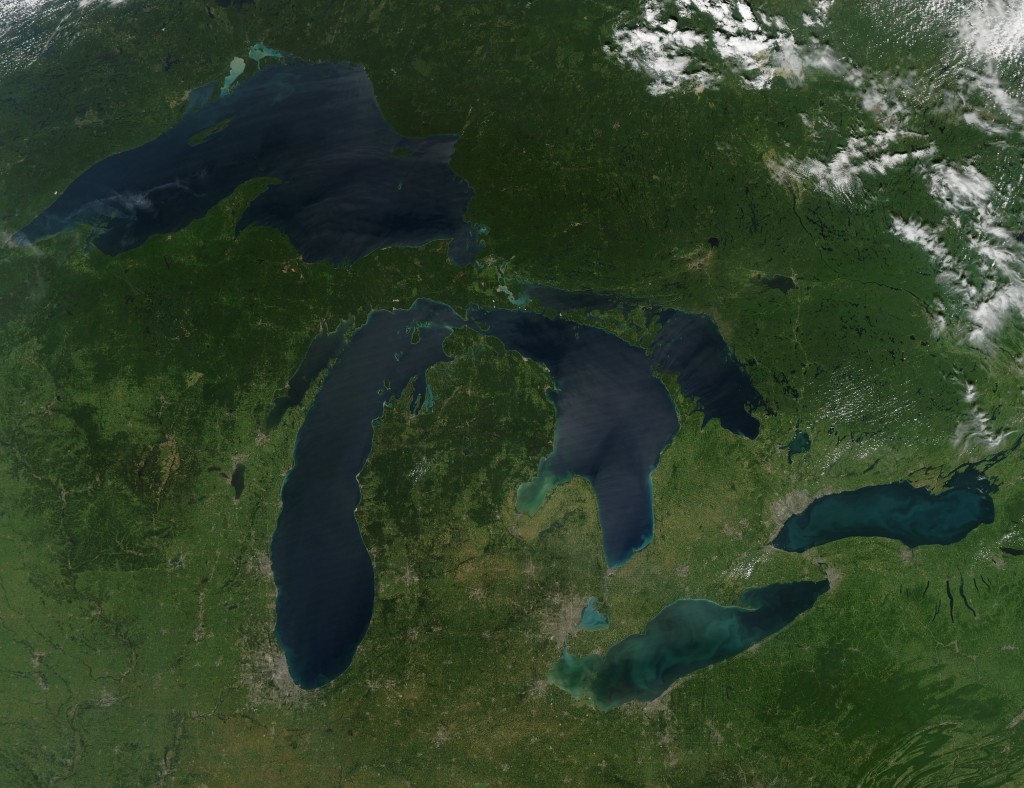
The Great Lakes region as seen from space. (Credit: NASA)
In addition to warmer temperatures across the Great Lakes region keeping winter ice levels low, higher amounts of rainfall have been recorded for the basin, according to scientists at the U.S. Army Corps of Engineers. In fact, the total Great Lakes ice cover is only around 6.6 percent currently, down from nearly 34 percent at this time last year.
This sort of one-two punch of low temperatures and more rain have yielded the following conditions on each lake, when compared to the long-term monthly averages for the month of January:
- Lake Superior up 9 inches;
- Lakes Michigan-Huron up 12 inches;
- Lake St. Clair up 13 inches;
- Lake Erie up 9 inches;
- and Lake Ontario up 2 inches.
Moving into February, the levels on three of the lakes (Lake St. Clair, Lake Erie and Lake Ontario) at projected to increase from 2 to 4 inches. Lakes Superior and Michigan-Huron, on the other hand, are predicted to go down from 1 to 3 inches.

Lakes Michigan and Huron as seen from space. (Credit: International Space Station)
Higher water levels with less surface ice impact a number of things around the Great Lakes. For industries shipping goods across the basin, things are made a little easier. But, ecologically speaking, there is a clear link between higher water levels and increased shoreline erosion rates. Having more rain may also produce more nutrient runoff from farms that fuel summertime algal blooms.
Do you think higher Great Lakes levels are a good thing? What impacts do you think they could bring? Please consider leaving a comment to share your thoughts!




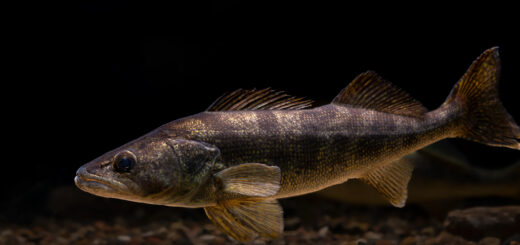
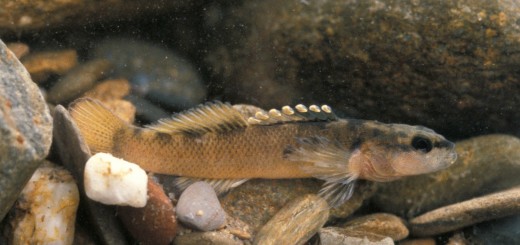
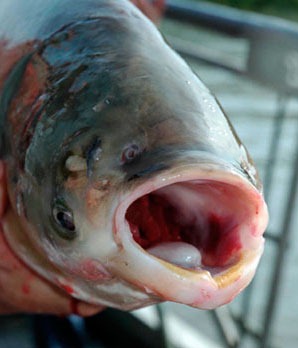
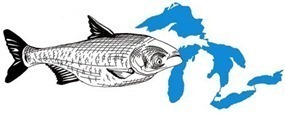






I wish we could have a happy medium. I am terrified over the 12 inch rise in water levels on Lake Huron. I fear the potential loss of property. However, I also know that some businesses have suffered from the low levels and are now able to recoup with the higher water. I am praying for less rain, no more El Nino, no storms.
i believe higher water levels are needed for the continued commerce in the region, with that being said, a balance is needed or loss of property could ensue